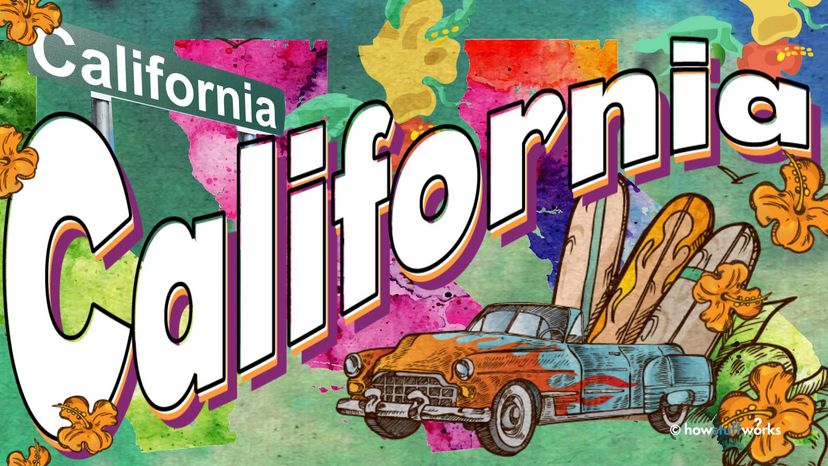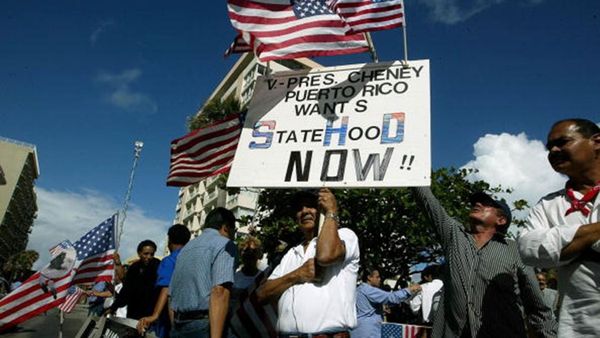Garcí Rodríguez de Montalvo of Seville, in Spain, wrote a novel called "Amadis de Gaula," or "Amadis of Gaul." Amadis was an early action hero, and the book was ridiculously popular. Montalvo was no fool, so he wrote a sequel featuring the son of Amadis, "Las Sergas de Esplandian," or "Exploits of Esplandian."
In "Las Sergas," Constantinople is being besieged on all sides. One of the attacking forces is an army of women led by Queen Califia. "These women had energetic bodies and courageous, ardent hearts, and they were very strong," Montalvo wrote. They also had pet griffins – half lion, half eagle – and they fed men to them.
He described their homeland, called California, as being close to the earthly paradise. It had "the wildest cliffs and the sharpest precipices," which certainly must sound familiar to anyone who's driven sections of Highway 101 in the Golden State. Speaking of gold, the only metal found on the island was gold, which the women used to fashion their armor.


